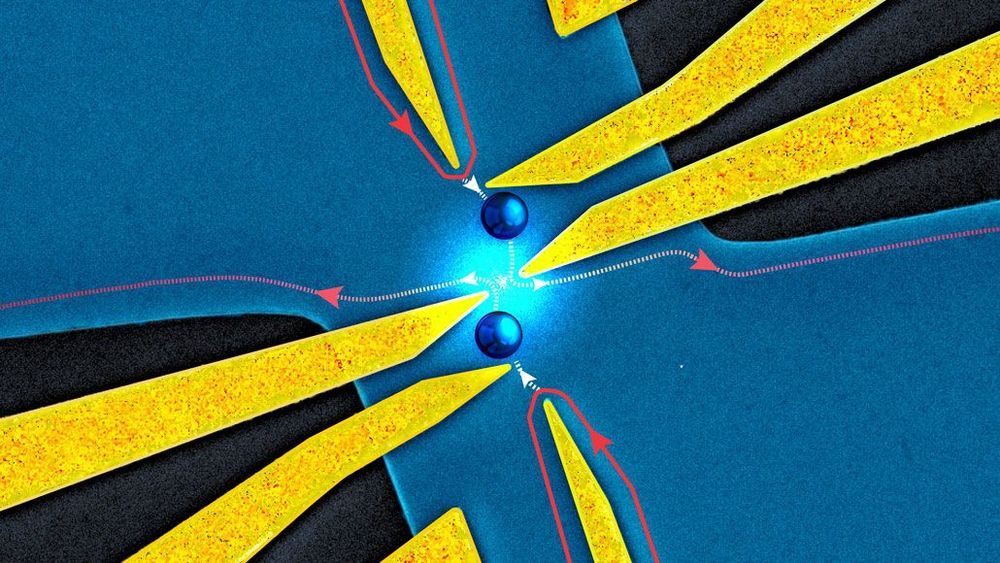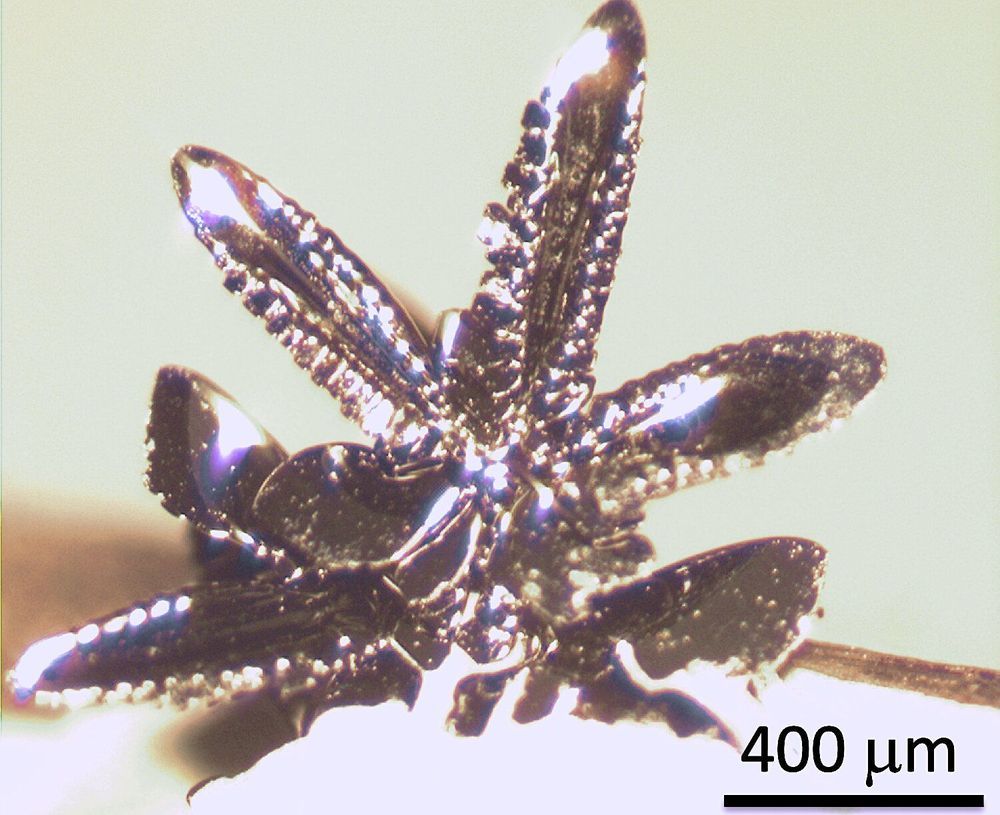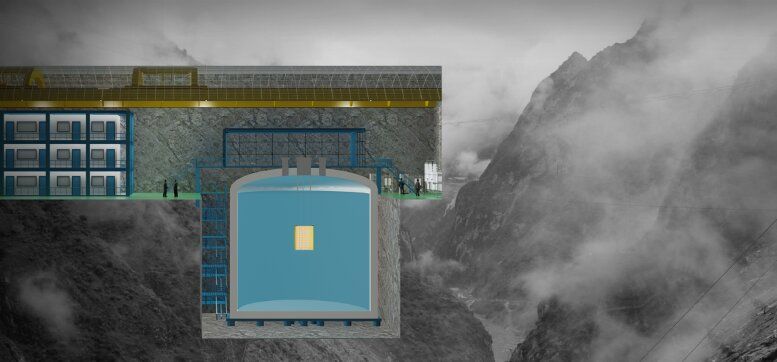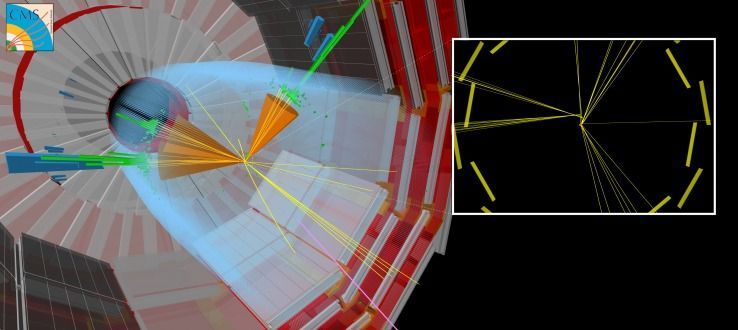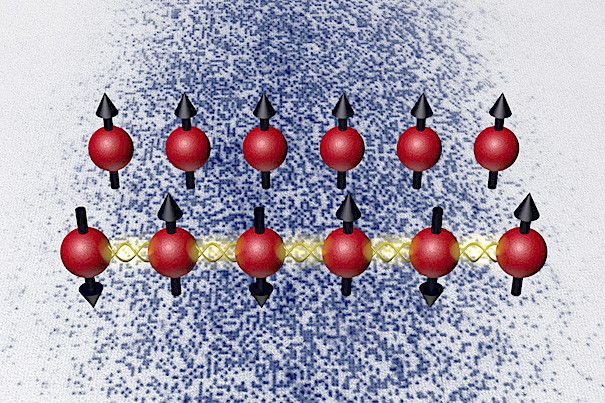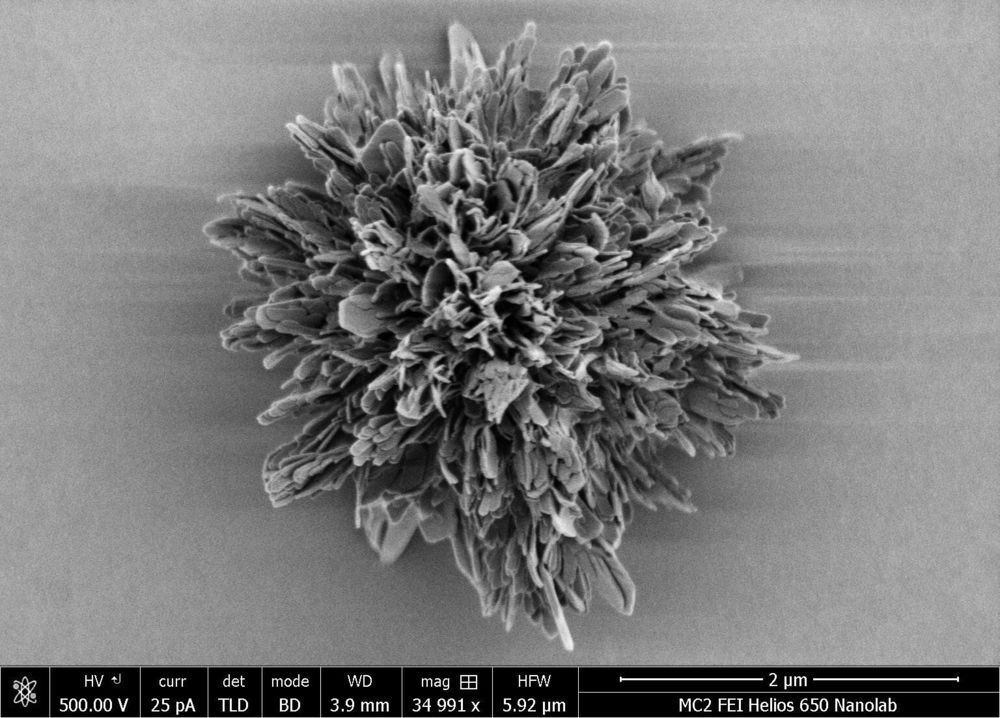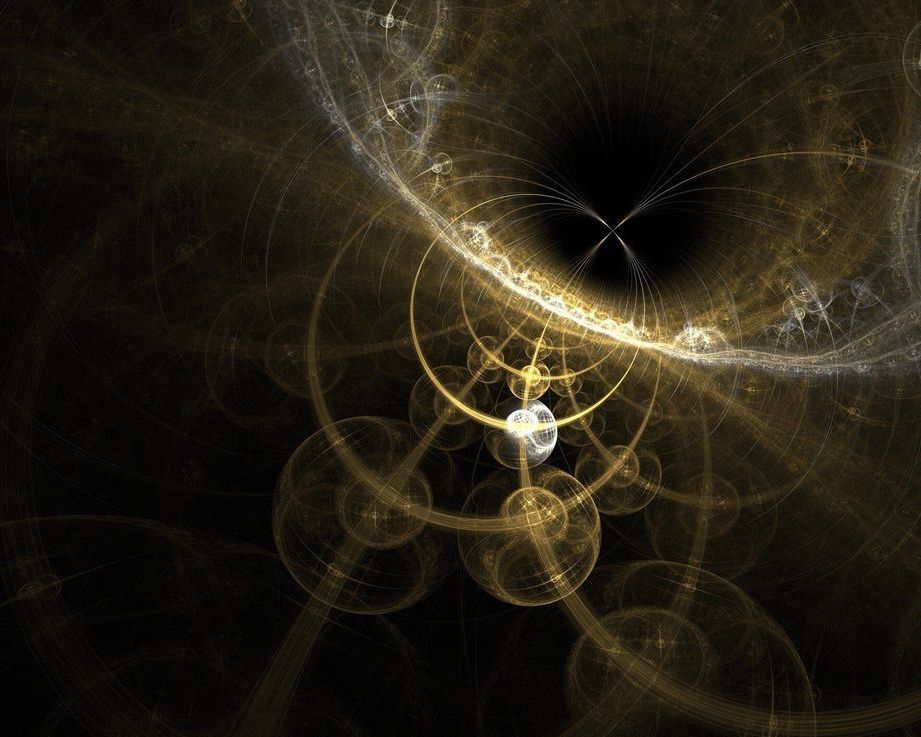:oooo circa 2009.
The portrait of Peter Higgs is on display at the University of Edinburgh’s School of Informatics. Photograph: Ken Currie.
It seems that Peter Higgs, despite his known aversion to publicity is turning up everywhere. Of course the potential discovery of the particle in the next few years by either/both of the Large Hadron Collider at CERN and the Tevatron at Fermilab is bringing a lot more attention to him, and a little to the other theorists, such as Guralnik, Hagen, Kibble, Brout, and Englert, who also developed the ideas behind a mass-giving spontaneously symmetry broken quantum field and its manifestation as a particle, now known as the Higgs boson. (Yep, that sounds scary because it gets technical.)
But Higgs the man seems to turn up in all kinds of places and lots of people have stories about where and how they met the man. I ran into him in at a function in a museum in the Hunterian Museum at the University of Glasgow over a decade ago, while Lauren, one of the symmetry interns, used to make him his sandwich in a cafe most days when she spent time in Glasgow. (Tell us your story of meeting Higgs in the comments below.)

